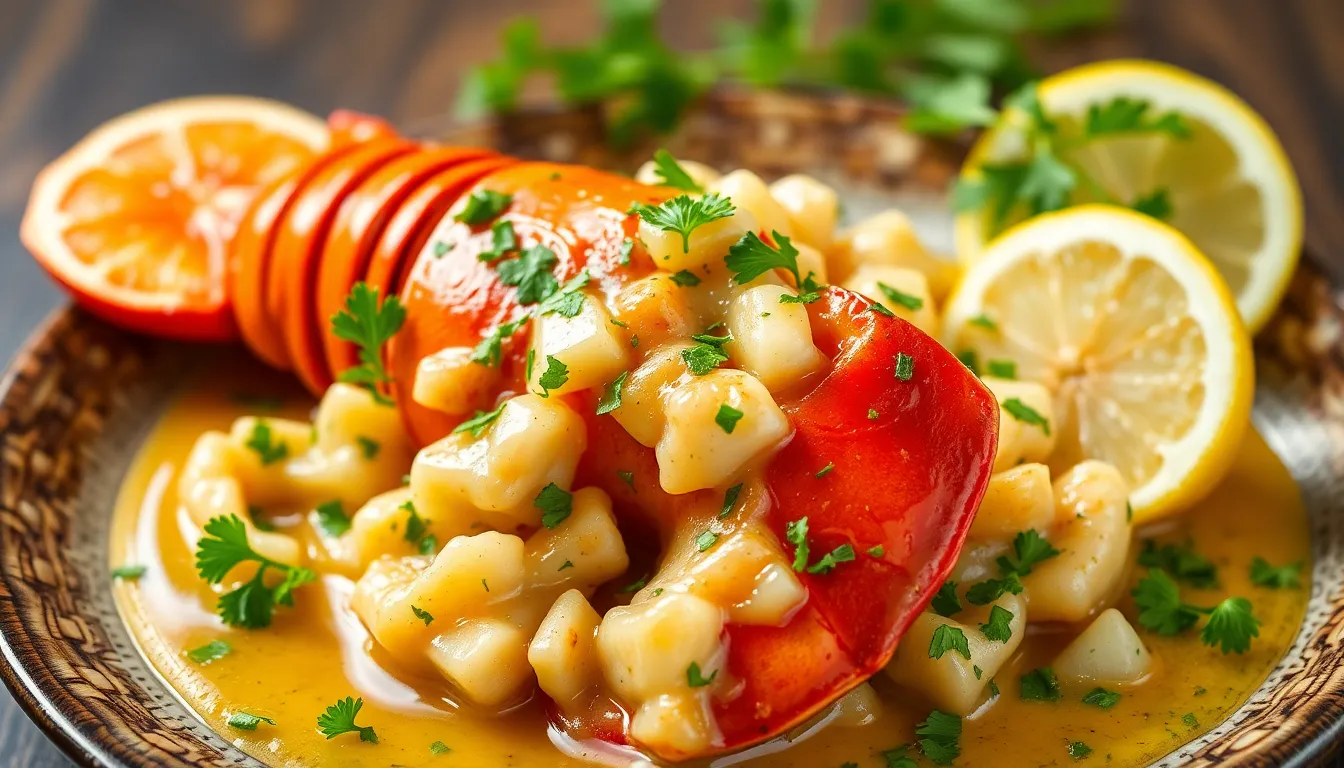The Spice of Life: Why You Should Experiment More in the Kitchen
Cooking is one of life’s greatest joys, a canvas where you can paint with flavors, textures, and aromas. The kitchen becomes a playground for those willing to embrace the unexpected and explore the myriad of culinary possibilities. When you add spices to your meals, you’re not just seasoning food; you’re elevating it to an art form. Each pinch of spice allows you to express yourself, to tell a story through the dishes you create. In this blog post, we’ll explore the importance of stepping out of your culinary comfort zone, experimenting in the kitchen, and discovering new flavors that will delight your taste buds.
Section 1: The Benefits of Experimenting in the Kitchen
1.1 Enhances Creativity
Cooking is not just about following recipes; it’s about creativity and self-expression. Each meal you prepare is an opportunity to showcase your culinary artistry. By experimenting with flavors, you can design dishes that reflect your personality. Just like a painter chooses their colors, you can select spices and ingredients that resonate with you.
- Try modifying traditional recipes with your favorite spices.
- Blend different cuisines to create fusion dishes.
- Use seasonal ingredients to inspire new creations.
1.2 Improves Cooking Skills
Every time you experiment in the kitchen, you learn something new. Whether it’s discovering how to balance flavors or mastering a new technique, experimentation fosters growth. As you try new recipes and cooking methods, your confidence will blossom, and so will your abilities. Remember, mistakes are merely stepping stones on the path to culinary prowess.
1.3 Expands Palate and Flavor Profiles
When you branch out and try new ingredients, you expand your palate. This isn’t just about tasting more food; it’s about exploring different cuisines and cultural influences. You might find that you love a flavor you never thought you would, or that you can recreate a dish from your travels in your kitchen. The world of spices and flavors is vast, and every experiment can lead you to new culinary horizons.
Section 2: Understanding Spices and Herbs
2.1 The Basics of Spices and Herbs
Spices and herbs are the backbone of flavor in cooking. While often used interchangeably, they have distinct differences. Spices typically come from seeds, bark, roots, or fruits, while herbs are the leafy green parts of plants.
Here are some common spices and herbs to keep in your kitchen:
- Salt
- Pepper
- Cumin
- Oregano
- Basil
- Turmeric
- Cinnamon
- Ginger
2.2 How to Use Spices Creatively
Pairing spices with foods is an art. Here are some tips to get you started:
- Balance spicy with sweet; for example, add honey to spicy dishes.
- Use acidity, such as lemon or vinegar, to cut through rich flavors.
- Experiment with combining different spices to create unique blends.
| Spice/Herb | Flavor Profile | Best Used In |
|---|---|---|
| Cumin | Earthy, warm | Mexican, Indian dishes |
| Basil | Sweet, peppery | Italian, Mediterranean dishes |
| Turmeric | Warm, bitter | Curries, rice dishes |
| Paprika | Sweet, smoky | Stews, meats |
| Ginger | Spicy, warm | Asian dishes, baking |
Section 3: Tips for Successful Kitchen Experiments
3.1 Start Small
When trying to experiment in the kitchen, it’s best to start small. Make minor adjustments to the recipes you already love. Perhaps add a pinch of a new spice or substitute one ingredient for another. These small changes can make a big difference without overwhelming you.
3.2 Keep a Cooking Journal
A cooking journal will help you keep track of your experiments. Document what recipes you tried, what adjustments you made, and how they turned out. Note any cooking times and temperatures. This will not only help you replicate your successes but also learn from what didn’t work.
3.3 Join a Cooking Community
Joining a cooking community can be incredibly beneficial. Whether online or in person, sharing ideas and learning from others can inspire your culinary adventures. Participate in forums or social media groups focused on cooking, and don’t be afraid to share your experiments!
Section 4: Inspiring Experimentation with Recipes
4.1 Flavor Swaps
One of the easiest ways to start experimenting is through flavor swaps in your favorite recipes. Here are some ideas:
- Swap thyme for rosemary in roasted vegetables.
- Use smoked paprika instead of regular paprika for a bolder flavor.
- Substitute lemon juice for vinegar in salad dressings for a different acidity.
4.2 Create Unique Spice Blends
Creating your own spice blends can be a fun project. Here are some simple blends to try:
- Mexican Spice Blend: Cumin, chili powder, garlic powder, and oregano.
- Italian Herb Mix: Basil, oregano, thyme, and rosemary.
- Indian Masala: Coriander, cumin, turmeric, and garam masala.
4.3 Try International Cuisines
Exploring international cuisines is a fantastic way to experiment. Here are some cuisines to consider:
- Thai: Use ingredients like lemongrass, fish sauce, and coconut milk.
- Mediterranean: Incorporate olives, feta, and various fresh herbs.
- Mexican: Experiment with chilies, cilantro, and lime.
Conclusion
Embracing experimentation in the kitchen can transform your cooking experience from mundane to magical. Each spice you introduce and each new technique you try adds depth to your culinary repertoire. By stepping outside your comfort zone, you not only enhance your cooking skills but also open the door to a world of flavors and experiences. So gather your spices, grab your apron, and dive into the delightful adventure of kitchen experimentation. You never know what delicious discoveries await!




